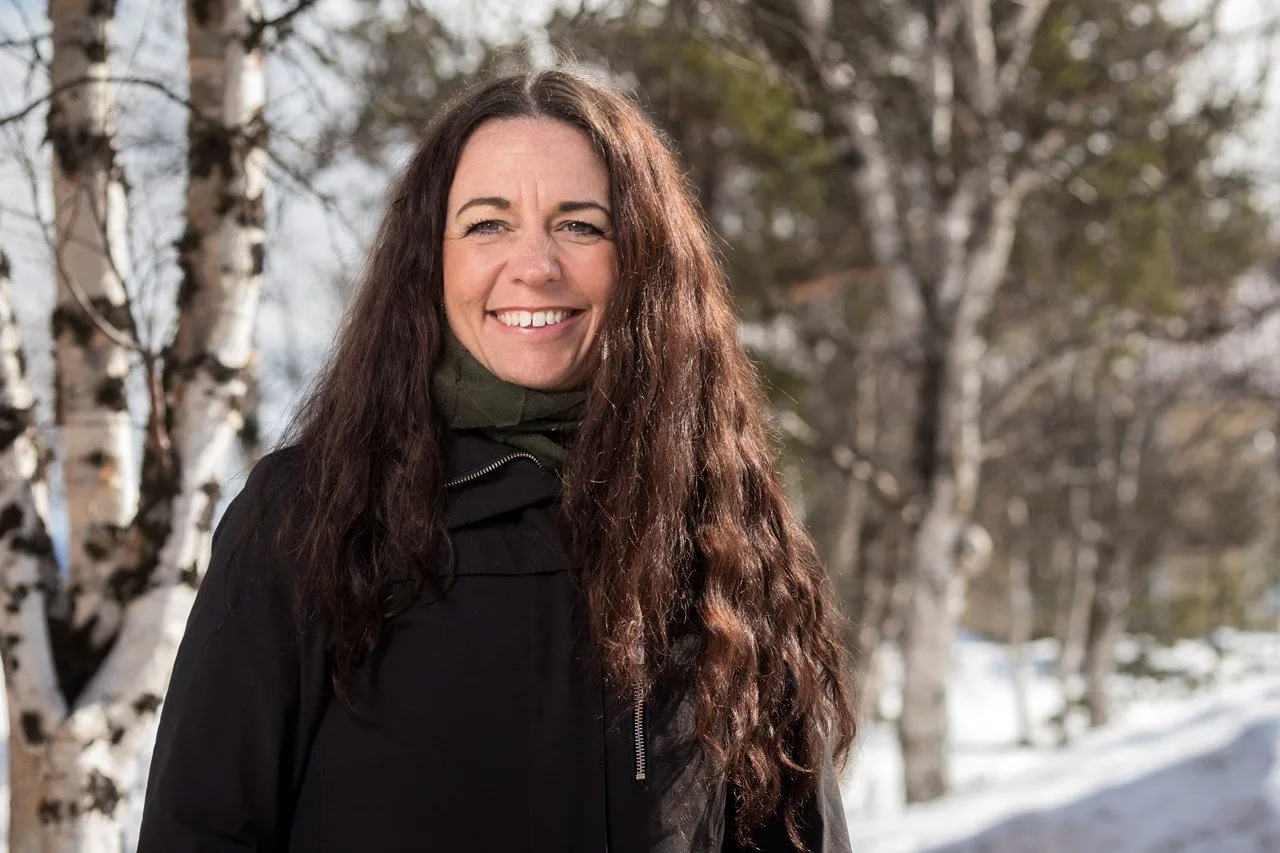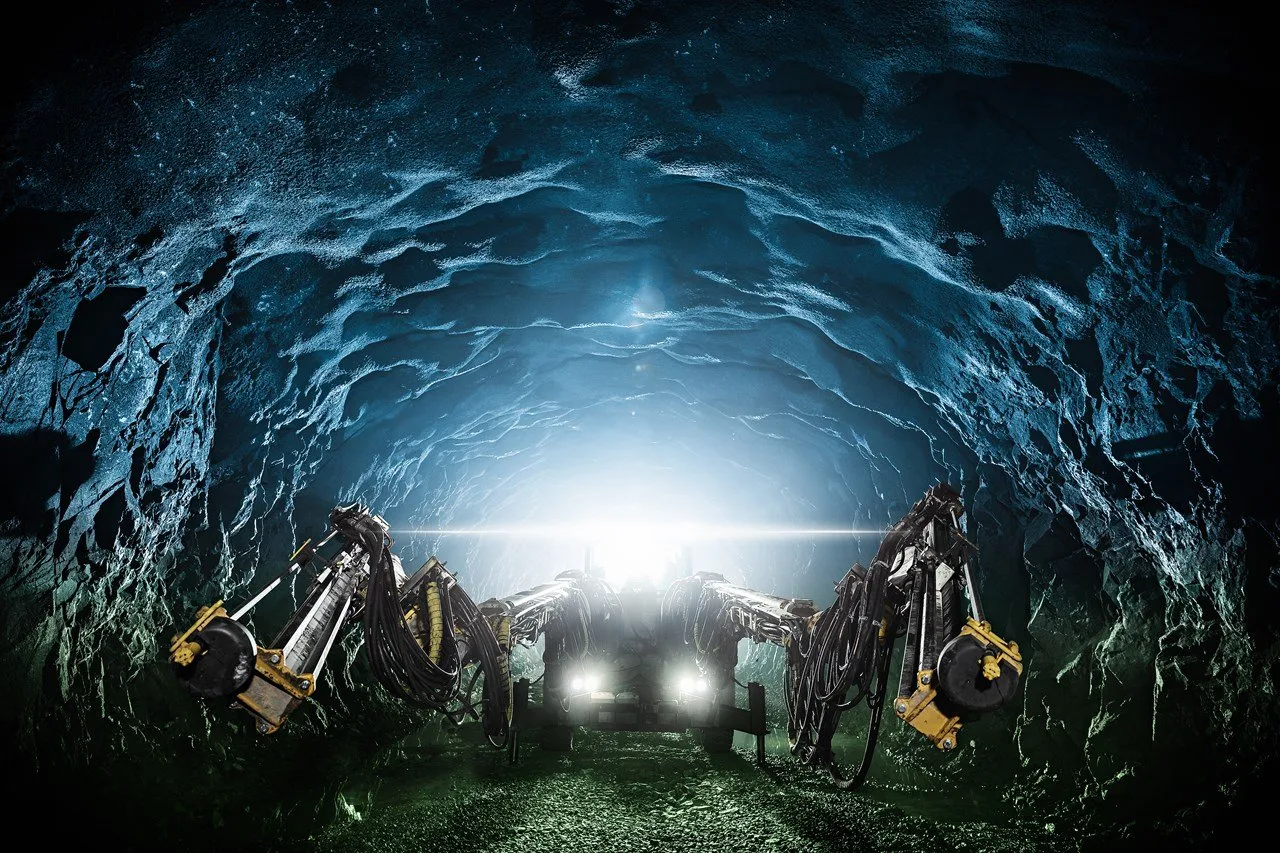We want the mine to be a good neighbour

On the May 22nd, it was the International Day for Biological Diversity. Is this really something that should concern a big mining company that digs holes in the ground and creates huge piles of rock? Yes, it certainly is; especially in our case. We have a particular responsibility for caring for nature in the places where we operate.
Biological diversity has to do with the variety of life and how nature around us functions. It is not only a measure of which flowers you see when you go for a walk near your home, but also how our forests capture carbon dioxide from the atmosphere and how the bees and other insects pollinate the crops that end up as food on our plates. Without biodiversity there would be no human life on Earth. Research shows that the loss of biological diversity is as great a threat to our well-being as climate change, and the two threats augment each other.
New roadmap
The importance of this issue has been emphasized at many levels. The UN has brought this to the fore in a Convention on Biological Diversity, where new targets will be negotiated in China this autumn. By implementing a biodiversity strategy, the EU is choosing a path that will reverse the degradation of nature and ecosystems by 2030. LKAB, together with mining industry organisation SveMin and the consultancy Ecogain, has produced a roadmap for increased biodiversity within the mining and minerals sector. The project goes under the name Mining with Nature. Up until about two years ago work focused mainly on reforestation and the greening of industrial sites and landfill areas. Now, more efforts are being directed towards compensating for loss of natural values and creating ecological added value.
LKAB has operations in areas with high natural values and we use large areas of land. Our guidelines for land use are primarily aimed at working to prevent or minimize environmental impact. And, where impact does occur, we must remediate or restore the site and, finally, compensate for the impact. One example of what we have done is the remediation of the tailings pond in Malmberget to create variation in natural habitats and biologically important structures that will eventually benefit diversity of species in the area. On trial sites in Kiruna we are testing the reintroduction of lichens. By placing out dead wood, we are creating important habitats for sensitive and protected species of plants and insects.
Innovation and collaboration
Now, prior to restoration and ecological compensation in our nearlying areas, we must improve our knowledge of species and natural habitats. We also need to continue to develop technology that will help us to avoid, prevent and minimize impact on land and water, for example, technology for purification of discharge water and mining methods that minimize impact on the land. Another central aspect of this work is collaboration with other actors, such as academia and public-sector bodies. All of society must join forces to protect biological diversity.
We are aware that actively working to preserve biodiversity is essential for us at LKAB. It is a matter of assuming responsibility for the effects of our operations, meeting the requirements placed on us by society and contributing to the creation of circular processes and sustainable natural habitats. We want our mining locations to remain attractive places to live in and we want the forests around us to continue to support wild flowers, wild berries and rich reindeer grazing lands where birdsong is heard. The mine must be a good neighbour.Linda Bjurholt, environmental manager at LKAB and Chairperson of Mining with Nature




